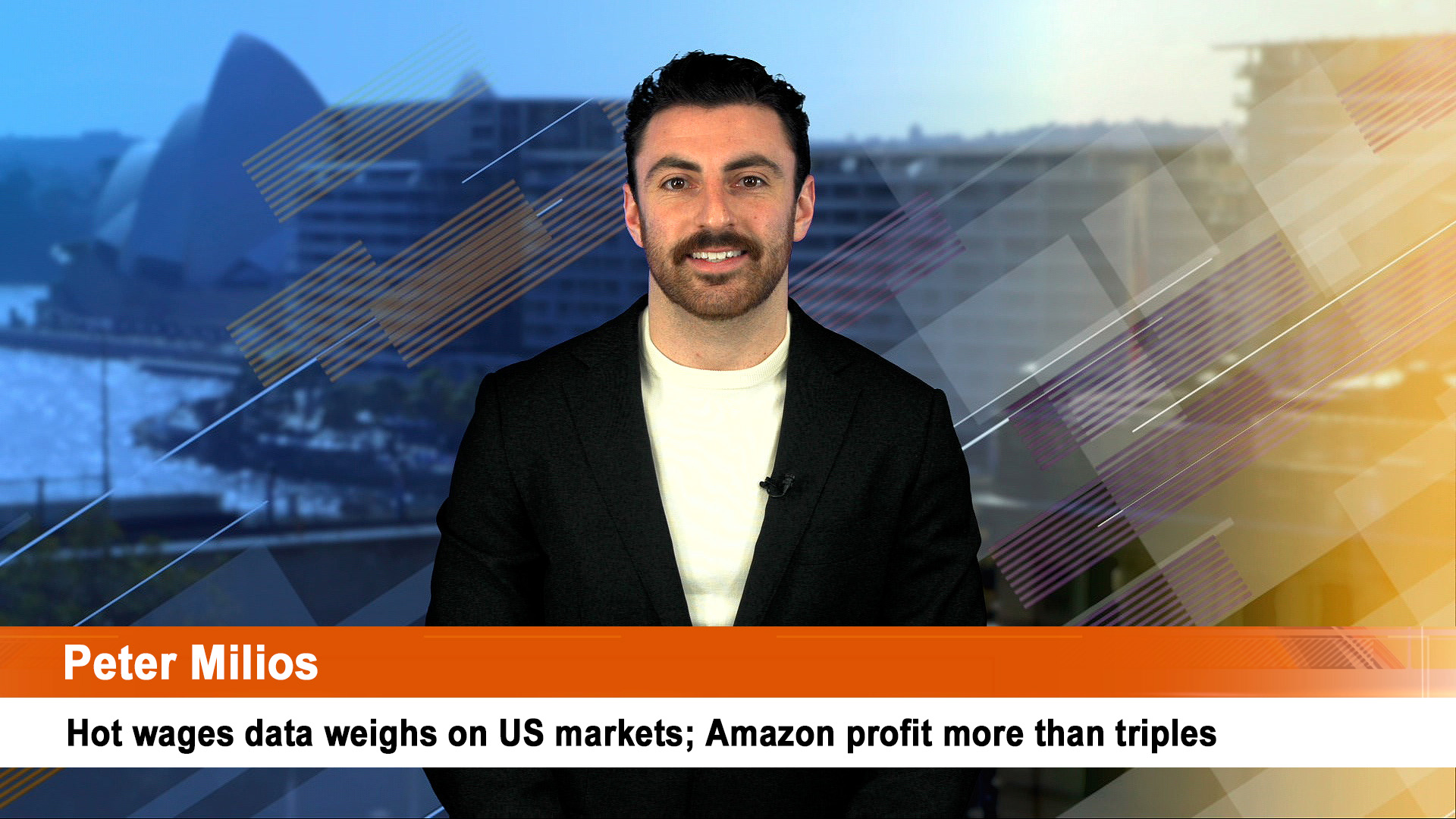So where to now for sharemarkets over the coming week?
The ASX will start weak today, especially after the terrible survey of major Chinese manufacturing companies, released on Saturday which suggests the would’s second-biggest economy is on the verge of a recession.
The futures market ended down 40 points, meaning a weak start today but it was off close to 100 points before Fed chair, Jerome Powell issued a statement around 4 am Sydney time on Saturday which hinted at possible rate cuts.
That was well before the weak reports from China over the weekend which showed the terrible damage the virus and subsequent loss of confidence is doing economically.
Next Saturday looms as a big test with China’s January and February trade data to be issued.
Will the Chinese separate the two months (combined because of the timing of the Lunar New Year holiday in late January (The Chinese government has done that before)?
However the data is reported, the impact will show up, particularly in exports.
These reports and others in the coming week will advance the timing of rate cuts from central banks as they look to try and cushion economies – the Fed, RBA, and RBNZ for instance have room to provide support, but the People’s Bank of China (which has already cut), Bank of Japan and the European Central Bank don’t with their negative rates policy.
And the damage has been huge. Global equity markets have lost $US7 trillion in value from the February 19 record for the S&P 500.
The US market alone lost $US4.3 trillion, according to Howard Silverblatt, a senior index analyst at S&P Dow Jones Indices. The ASX 200 shed $210 billion last week alone.
More than 70% of the S&P 500 is now in correction territory or worse.
Eurozone shares fell another 3.5% on Friday and the US S&P fell 0.8%, but Fed Chair Powell’s statement signalling a rate cut helped the US market recover from an earlier decline of 4.1%.
US shares fell 11.5% last week, Eurozone shares fell 12.4% and Japanese shares lost 10%. Chinese shares fell smaller 5.1%, possibly because the number of new cases in China has slowed and the Chinese share market already saw a 12% plunge into early February.
Australian shares followed the global lead and saw a 9.8% fall with IT, energy, retailers and materials seeing the steepest falls.
From their recent highs US shares have fallen 12.8%, Eurozone shares have fallen 15.8%, Japanese shares have fallen 12.2% and Australian shares have lost 10.1%.
Commodity prices also fell as did the Australian dollar although this was limited by a fall in the US dollar.
Gold fell as it lost its safe-haven shine, oil futures fell by up to 14%, iron ore prices fell 9% last week and just over 1% in February.
Yields on US bonds fell sharply as investors sought safe havens. The yield on the US 10 year security ended at 1.156%, down 0.38% in February, most of which came last week. It fell to an all-time low of 1.099% during the session and that low will be tested again this week.
The yield on the Aussie 10 year security fell to 0.81%, down 13 points over the month.
At one point the Aussie dollar fell to 64.34 US cents overnight Friday but managed to end the week at 65.15.
The plunge in the $A by making Australia more competitive internationally will act as a shock absorber for the blow to exports from the coronavirus outbreak.
The RBA has been hoping for more than a year the dollar’s value would get down to around this level, but in a global economy that was solid, not in the grip of a possible global epidemic that could crush confidence and activity in every economy, not just China.













